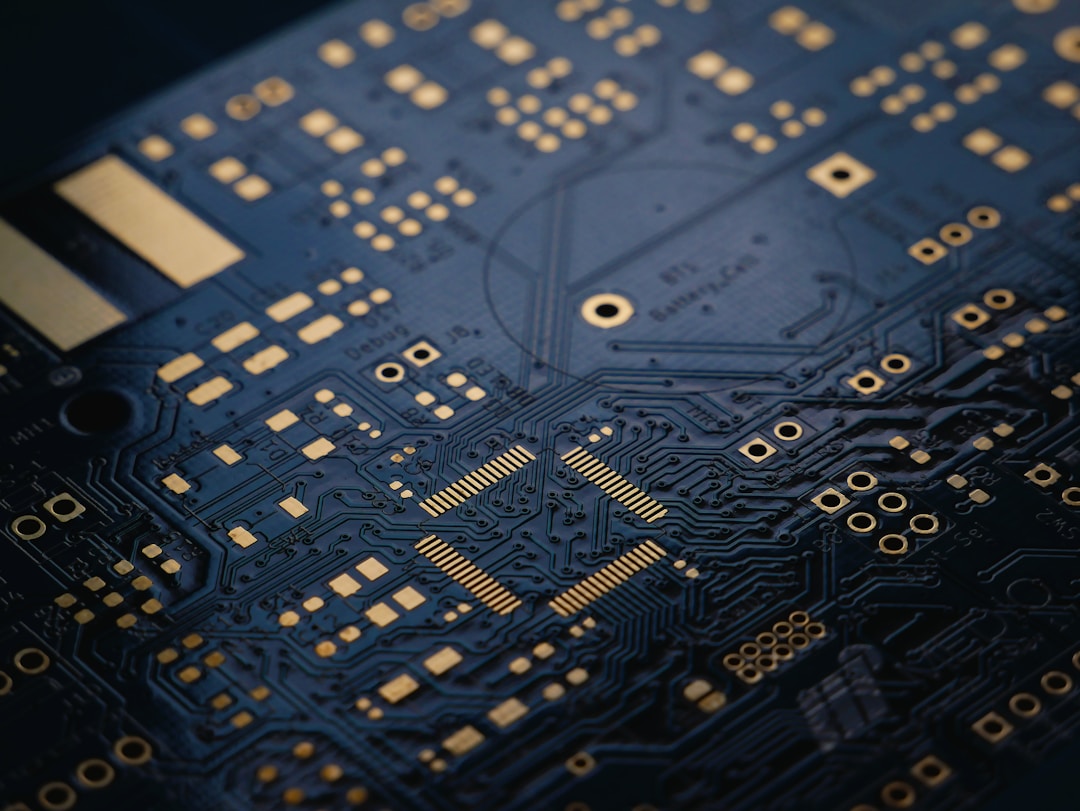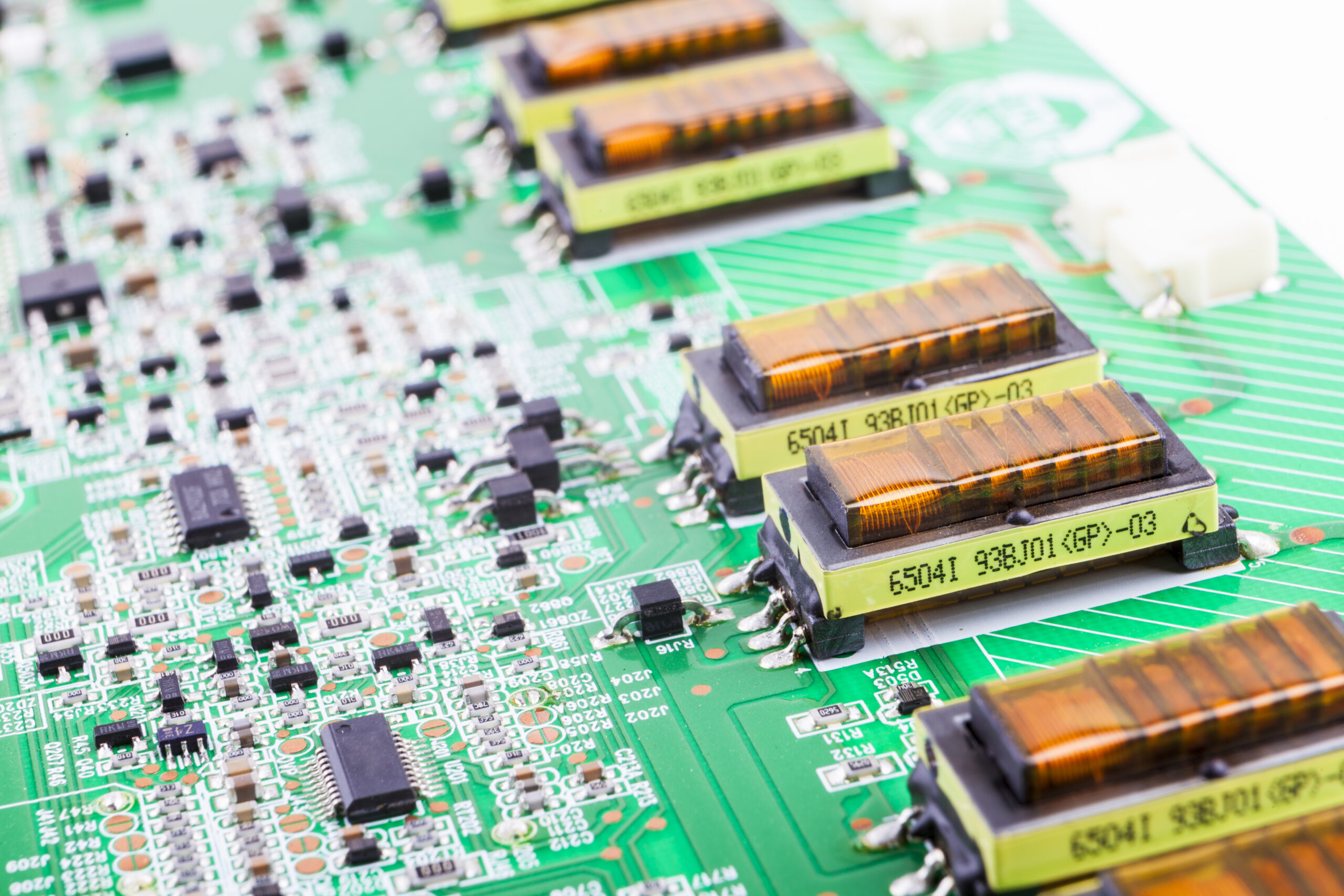The electronics manufacturing industry is a high-intensity, fast-paced world. It’s a sector where maintaining cost efficiency is crucial for staying competitive. Yet, with the constant change in technology and market trends, keeping costs low while delivering quality products can become challenging. This article will offer you insightful tips on how to save money efficiently without compromising quality in the electronics manufacturing industry.
Regularly Reviewing and Optimizing Your Process
When it comes to reducing costs in electronics manufacturing, reviewing and optimizing your manufacturing process is key. It might seem like a daunting task, as this process tends to involve an array of steps, elements, and technologies. But regular reviews of each stage can help identify bottlenecks, inefficient components, and other potential areas for cost savings. Whether it involves streamlining your workflow or installing smarter machinery, process optimization can help you save considerable amounts of money in the long run.
Often, these reviews uncover elements of the manufacturing process that are using more resources than necessary. When inefficiencies are identified and addressed, they can lead to significant cost savings. Consolidating processes is also another effective strategy that can reduce the amount of time, materials, and labor needed in the production process.
It’s also essential to review and optimize your manufacturing equipment to ensure that the process is efficient. For instance, companies that offer bulk plastic cap plugs can help ensure your equipment has enough plugs and caps to prevent debris. This is because debris in your equipment can easily cause interruptions to the manufacturing process.
Plastic caps and plugs protect both your products and equipment. While they seem inconspicuous and small, these plastic closures and top caps safeguard delicate electronics, seal off pipes, and even cover sharp edges. It’s important to evaluate the functionality of these caps and plugs as you optimize your manufacturing process.
Implementing Cost-Effective Design Strategies
A well-thought-out design plan can indeed be a game-changer when it comes to cost-saving. The key is to first and foremost understand the production process thoroughly. By having a solid comprehension of how your product will be manufactured, you can ensure the design is modeled in a way that reduces the number of components, simplifies assembly processes, and leverages common parts across your product line.
Next, integrate design and manufacturing processes early in the project. By involving production teams during the design phase, you can leverage their knowledge and create designs that minimize waste, reduce assembly time, and essentially lower production costs. It’s a strategy known as design for manufacturing (DFM), which plays a crucial role in the cost-effective production of electronic devices.
Lastly, it’s important to evaluate cost implications before making design changes. Often, a minor tweak in design can lead to significant expense during the production phase. As such, it’s crucial to assess and consider potential implications of each design change before implementing them.
Streamlining Your Supply Chain
Another area often overlooked in cost-saving strategies is the supply chain. A robust supply chain can drive efficiencies and generate significant savings. It begins with securing reliable and cost-effective suppliers. Choose suppliers that offer competitive prices without compromising on quality. Also, consider factors such as delivery times and reliability, as these can greatly impact your production schedule and overall costs.
At the same time, it’s essential to review and streamline your inventory management practices. Overstocking or understocking can lead to inefficiencies and unwanted costs. Utilize an effective inventory management system that offers real-time visibility into your stock levels and helps anticipate demand accurately.
Lastly, consider consolidating your suppliers. Having fewer suppliers can simplify your procurement process, reduce administrative costs and even give you better buying power, resulting in lower prices.
Investing in Energy-Efficient Machinery

In a manufacturing setting, energy costs can quickly add up. Fortunately, investing in energy-efficient machinery and implementing energy-saving measures can significantly reduce these costs. For instance, machinery with variable speed drives can adjust power usage based on the workload, greatly reducing energy consumption during less busy times. Similarly, using energy-efficient lighting and implementing automatic shutdown protocols for idle machinery can contribute to energy savings.
Moreover, maintaining your machines regularly can extend their service life and ensure they operate at maximum efficiency. Regular machine maintenance can help identify potential issues early on and reduce the likelihood of costly breakdowns and production downtime.
Finally, consider investing in renewable sources of energy, such as solar or wind power. While the initial investment may be significant, the long-term savings on energy bills can be substantial and contribute to a greener, more sustainable business model.
Embracing Lean Manufacturing Principles
Lean manufacturing is a management philosophy designed to reduce waste and optimize processes. When implemented correctly, it can lead to significant cost savings. Lean principles focus on creating more value for customers with fewer resources, reducing non-value-adding activities, and continuous improvement.
This strategy involves identifying and eliminating waste in all forms, from excess production and inventory to unnecessary processing and motion. It also encourages the involvement and feedback of workers at all levels of the organization, promoting better teamwork, morale, and productivity.
It’s worth noting that lean manufacturing is not a one-time initiative but rather a continuous process. It requires a commitment to continuous improvement, with a focus on small, incremental changes that can result in substantial cost savings over time.
The Importance of Quality Control
Quality control is not just about ensuring product quality to meet customer expectations; it’s also a critical factor in cost savings. Poor quality control can result in scrapped products, product recalls, and tarnished brand reputation, all of which can cost a business significantly.
Preventive measures like thorough testing, regular process audits, and employee training can help detect problems early, reducing the cost of fixing issues post-production. High-quality, reliable products will also contribute to customer satisfaction and loyalty, driving long-term profitability.
Besides, investing in quality control can also mitigate the risk of costly lawsuits and regulatory fines associated with product failures. Therefore, investing in a robust quality control system is not an option but a necessity for any cost-effective electronics manufacturing operation.
Utilizing Technology to Drive Savings

Technology has always been a catalyst for cost savings in any industry, and electronics manufacturing is no exception. From automated machinery and robotics to advanced software and artificial intelligence, technology can streamline processes, increase productivity, and reduce labor and material costs.
Alongside automation, data analytics can also offer considerable cost-saving opportunities. Collecting and making use of key data can identify trends, efficiencies, and areas of waste, providing valuable insights to drive cost reductions. For instance, predictive analytics can forecast future market trends, optimize production schedules and inventory management, thereby reducing costs associated with excess inventory and production downtime.
Additionally, digital technology can streamline many administrative aspects of manufacturing. From procurement and inventory management to order processing and customer service, digital processes can reduce labor hours and minimize errors, both of which can result in significant cost savings.
Altogether, cost savings in the electronics manufacturing industry will always be a top priority. It is not just about cutting corners and reducing quality. It’s about making smart, strategic decisions that optimize resources, improve efficiencies, and ultimately control costs. From optimizing the manufacturing process and design strategies to streamlining the supply chain and investing in energy efficiency and technology, there are countless ways electronics manufacturers can drive cost savings without compromising on quality. Above all, remember that cost savings is a continuous process that requires regular reviews and adjustments to keep pace with the continually evolving market trends and technologies.


